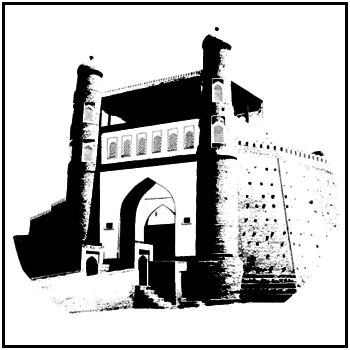The Ceremonial Hall
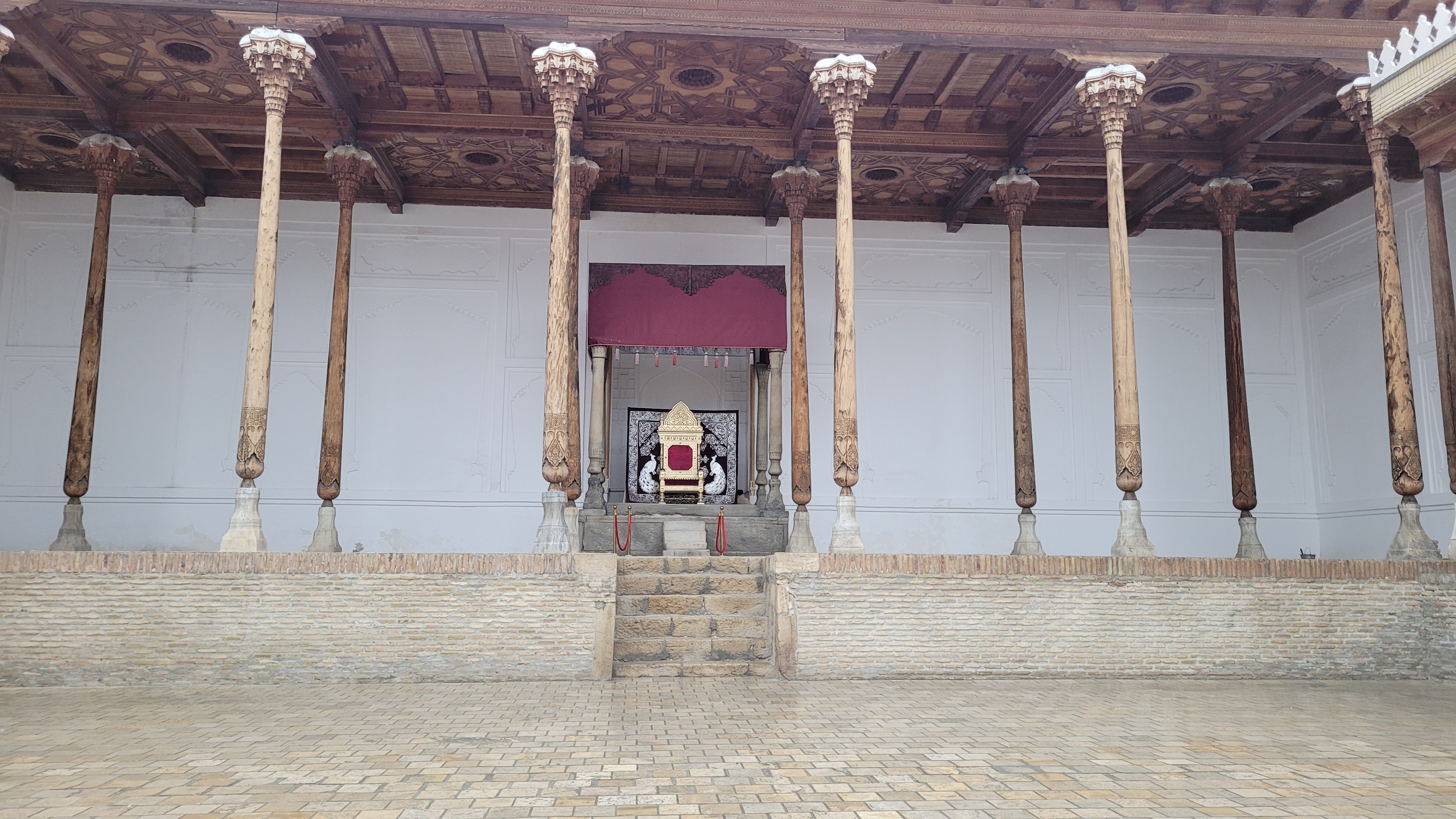
The Ceremonial Hall was built in the 17th century, and the "shokhnishin" throne, where the emir sat, was crafted in 1669 by Nurata masters from Gazgan marble. During the enthronement ceremony, rulers of the Uzbek Manghit dynasty were lifted on white felt according to Turkic tradition. The white felt, carpets, and cushions were considered sacred and kept in the Bukhara treasury. The ceremony took place in the "Marosimkhona-Kurinishkhona" hall, where the emir wore special gold-embroidered garments inherited from his ancestors. His crown, adorned with gold and precious stones, was attached to his turban with golden chains.
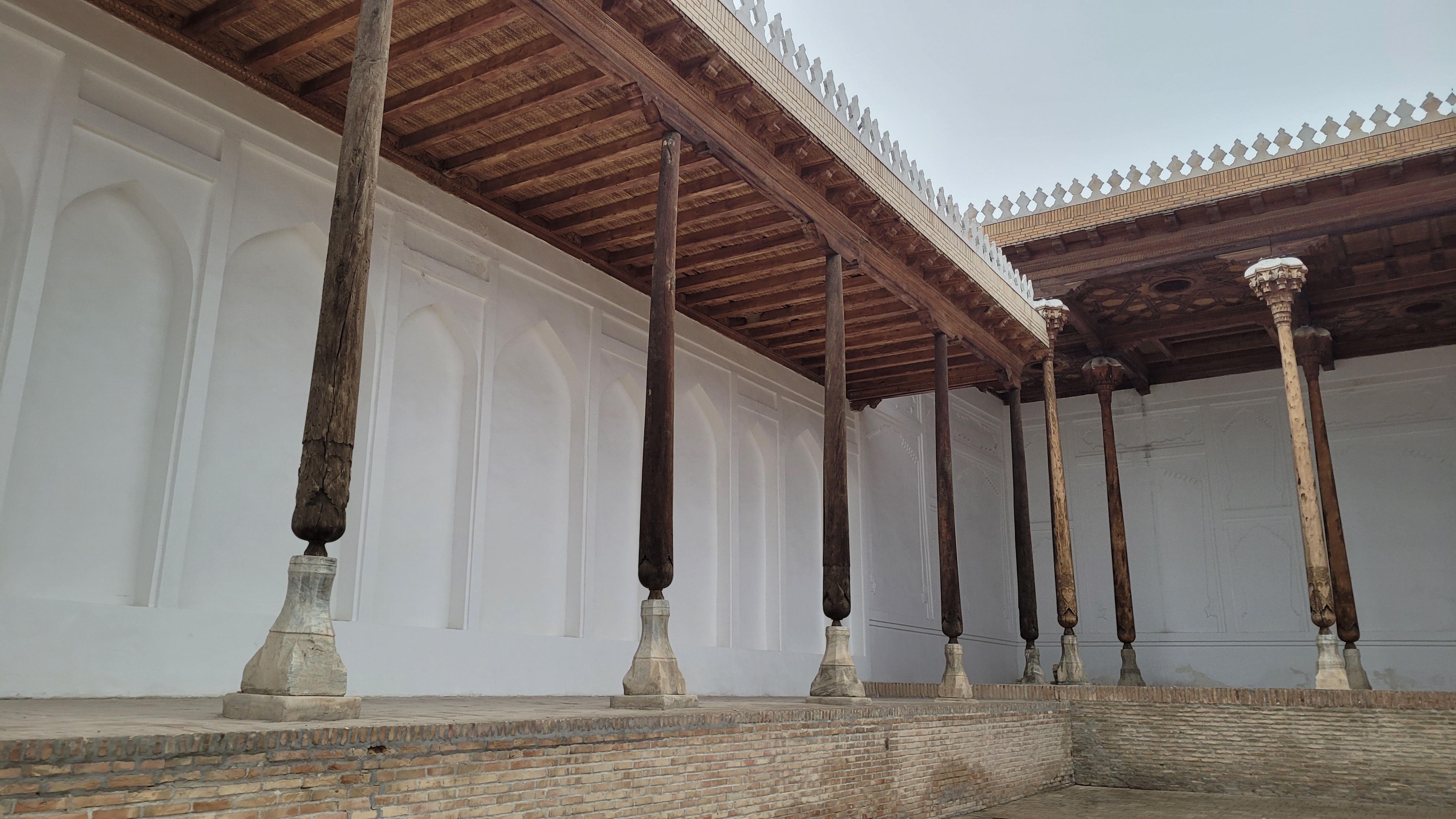
The date of the enthronement ceremony was chosen as auspicious and fortunate based on the advice of Kozi and officials. Participants were offered aromatic smoke from isiriq, oud, and sandalwood. A sacred carpet and white felt were spread near the throne. After completing his preparations, the emir would leave the guest house and sit on the felt, which was lifted from four sides by respected officials and religious leaders. The throne had 92 recesses for gold coins, symbolizing the number of Uzbek tribes. These coins were distributed among the ceremony participants.
After the ceremony, soldiers and mullahs performed prayers, and charity was announced to the people. The emir’s decrees were proclaimed by the kushbegi (for example, Olimkhan reduced the tax on wheat bread or released 70 prisoners). The ceremony concluded with the recitation of the Fatiha, without any feasts or celebrations.
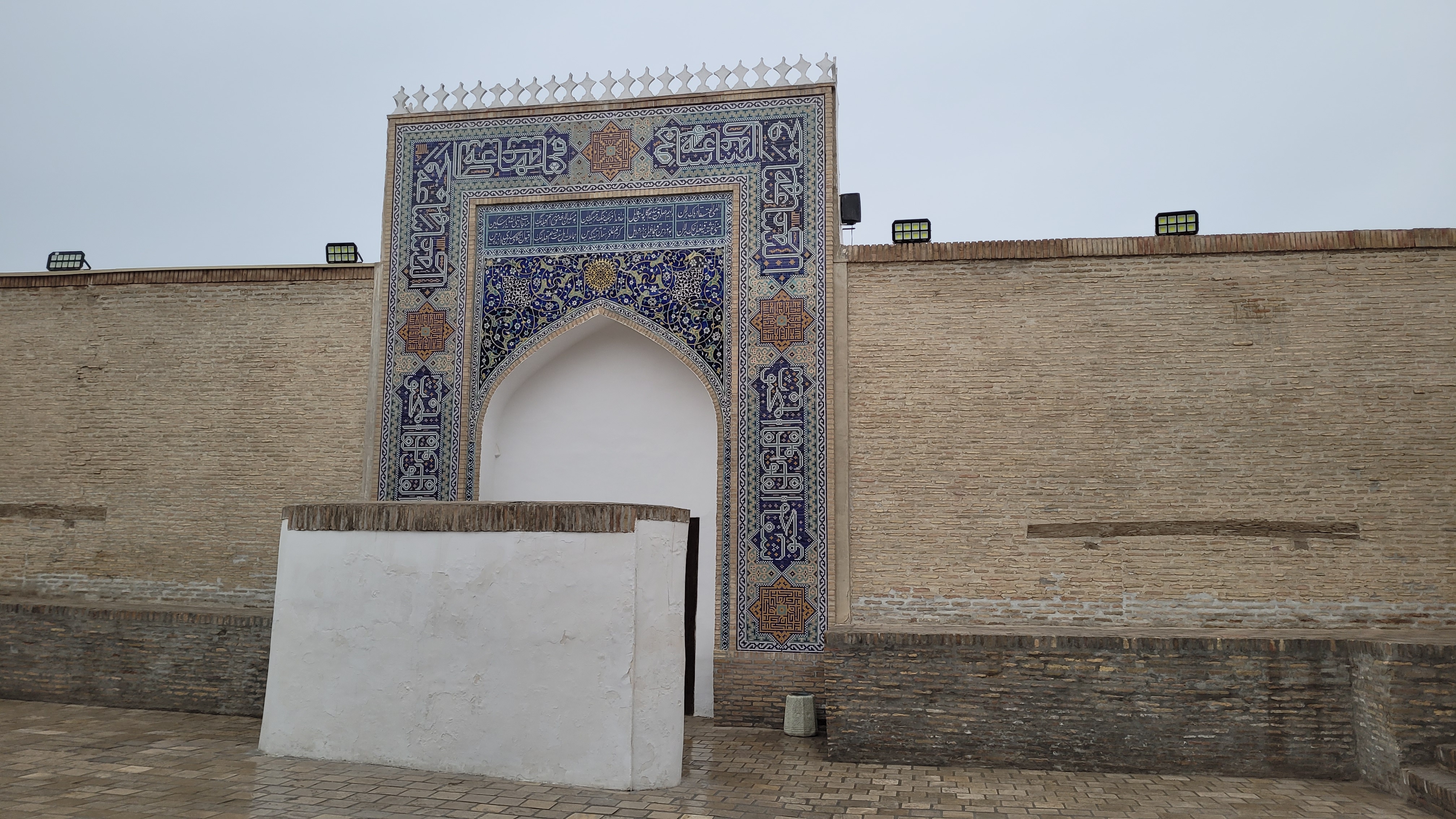
The entrance wall, called "Ghulomgard," compelled guests not to turn their backs on the ruler. Violating this rule was punishable. The interior of the Ceremonial Hall was modest, with the entrance portal decorated with white, yellow, and blue tiles inscribed with the names of Allah and the Prophet Muhammad. Next to the throne were six stone stands used for minting gold and silver coins. These coins were initially without inscriptions and later transferred to the mint. The mint was located near the Jome Mosque and had four workshops, each employing 9–10 people.
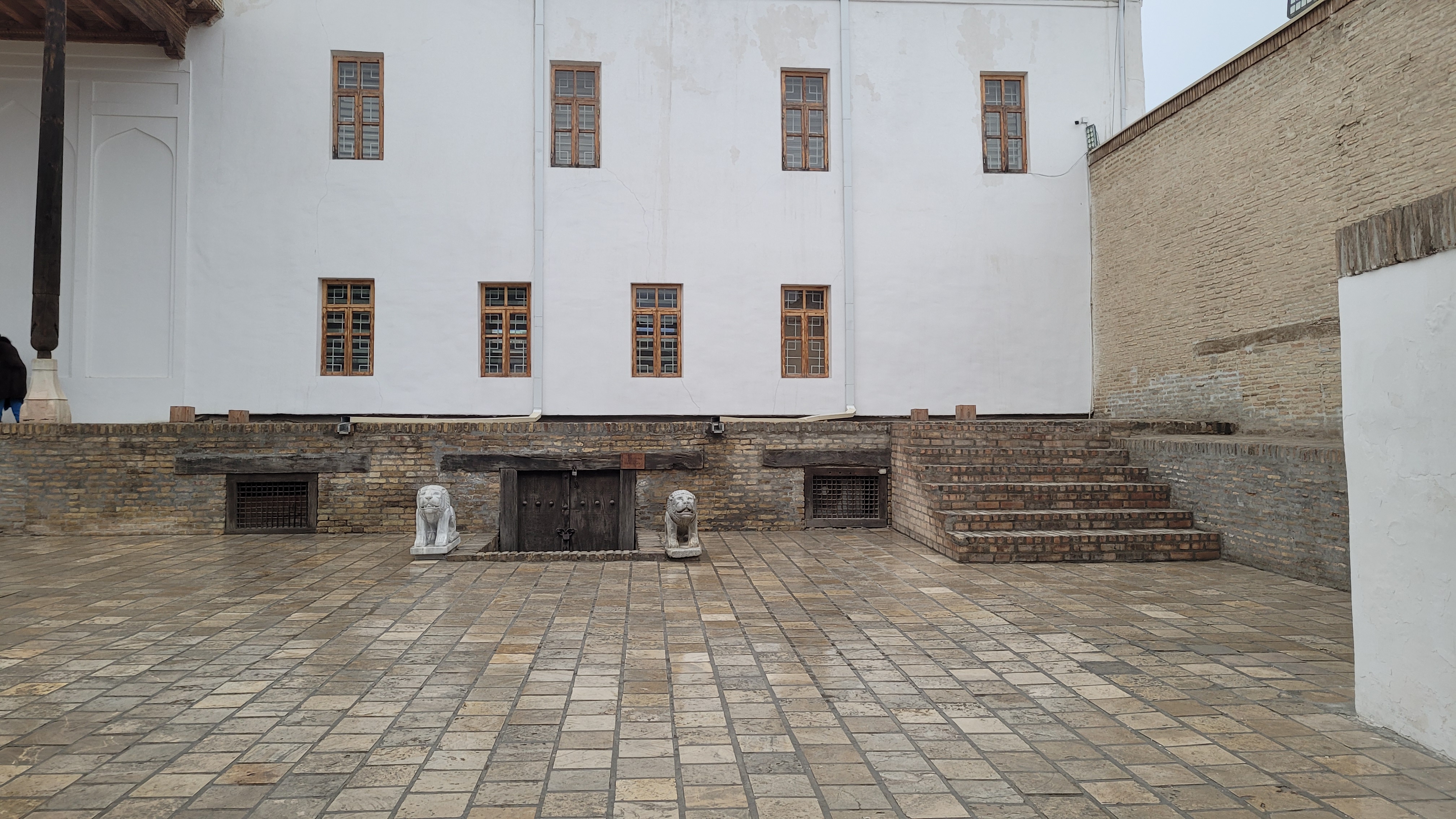
The Ceremonial Hall also housed an underground treasury measuring 30×30 meters, where gold and silver coins were stored in leather bags. The key to the treasury was held solely by the treasurer and was never handed over to anyone else.

